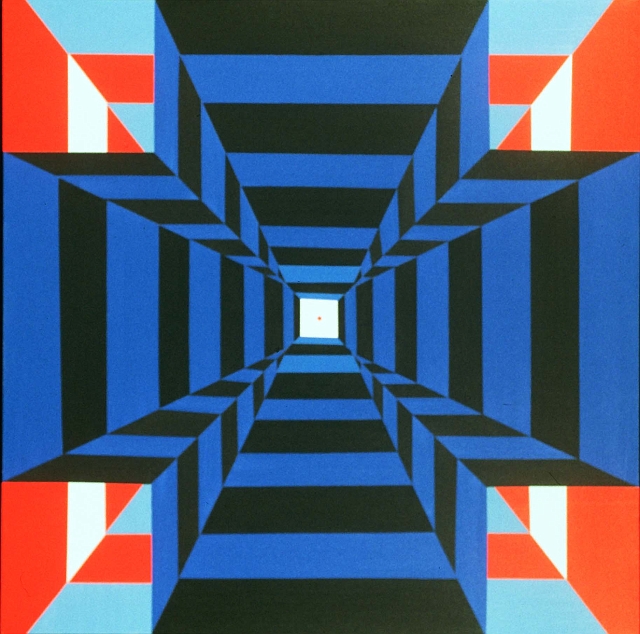|
LITR 4328: American Renaissance |
Model
Assignments |
 |
Eric Howell
The Cycle of Romanticism and Realism
Although the styles of Romanticism and Realism involve completely different
aspects in regards to one another, the two are often connected in some form or
fashion, forming a symbiotic and cyclical relationship within the world of
literature. As Romanticism was
birthed out of the chaotic evolution surrounding the industrialization of
America, a desire marked by nostalgia inherits the very core of such a genre and
era. Caricaturized by scenes of luscious nature boundlessly flowing from page to
page, flowery language of the sublime encompassing readers in a world of higher
law while forever transcending the here and now, Romanticism is a genre of lofty
imagination and innocence. However, this realm of astounding beauty was shaken
by a catastrophic event that would horrifically shape America in a drastic and
dramatic measure: The Civil War. Though this war between the American people
resulted in a positive and progressive outcome, much destruction was laid upon
the American society. As the historical timeline crept close and closer to the
Civil War, literature began to shift and morph into something more realistic:
Realism. Realism is characterized as attention to detail, like the here and now,
less art and more matter, and knowledge and experience in opposition to
imagination.
As
with any society with an abundance of time on their hands brought on by the
conveniences of industrialization and modernization, American individuals within
the age of Romanticism possessed more time and an overall higher wellbeing,
which resulted in their ideas being planted in a softer reality. The authors of
this time period were living a life never before known in America, and their
literary works benefited from this by allowing them the time to actually sit
back and write new and innovative material. For example, the Romantic author
James Fenimore Cooper and his book The
Last of the Mohicans depict classic American Romantic tale of courageous
adventure, the great outdoors represented as beauty and truth, and the
characteristics of common people idealized. Cooper shared an idealistic and
exaggerated historical narrative concerning the French and Indian War with the
world in a time that allowed him to do so.
In contrast to the embellished Romantic genre in American literature,
Realism provides a much more realistic approach to the art of story telling. At
a time where the American nation was ripping itself apart from the inside out,
individuals were confronted with the horrors of war and the grotesque
destruction brought on by such barbarianism. This environment shaped not only
American individuals but their culture as well, as seen through
Life in the Iron Mills by Rebecca
Harding Davis. Harding Davis sets her story in the not so distant past of the
Industrial Revolution. Depicting characters as impoverished and grinding away in
the downtrodden iron mills, she provides a realistic representation of the world
around her in a fictional setting. The individuals in the tale scrape by and are
faced with moral quandaries, an aspect which almost never surfaces in Romantic
literature. Ideal scenarios of heroic individualism as associated with
Romanticism are supplanted with the realities individuals often face everyday,
and often much harsher.
Yet the conclusion that these two styles are completely segregated should
not be fully established. Often authors from both schools of literature utilize
both aspects within their work. Cooper realistically, although stylized in a
Romantic manner, portrays the battles of the French and Indian War, while also
touching on areas of race and interracial social relationships (Davis). In
addition to Cooper, Harding Davis implements elements of Romanticism in her
work, with the character Deborah embarking on a quest of higher law in hopes of
escaping the hellacious reality around her. Harding Davis also utilizes Romantic
language in order to captivate readers describing, “the slow stream of human
life creeping past, night and morning, to the great mills” (Davis). The language
used differs from a traditional Realism piece and leans more towards
Romanticism.
Though Romanticism and Realism differ, elements of both styles can be
seen in contrasting works. Ultimately, these two styles feed into one another,
assisting in creating a more evolved style of literature. The perspective of
accepting reality for what it is (Realism) is improved upon precious idealistic
interpretations of the world (Romanticism) and vice versa. As Realism proceeds
Romanticism, the cycle of the here and now and nostalgia of happier times
continue throughout American life, offering a broader perspective of reality.


